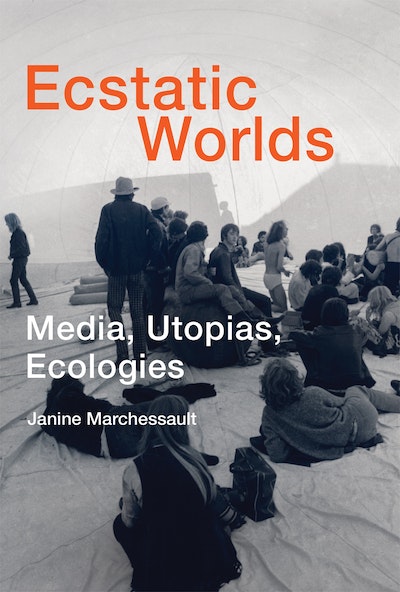When media translate the world to the world: twentieth-century utopian projects including Edward Steichen's “Family of Man,” Jacques Cousteau's underwater films, and Buckminster Fuller's geoscope.
Postwar artists and architects have used photography, film, and other media to imagine and record the world as a wonder of collaborative entanglement—to translate the world for the world. In this book, Janine Marchessault examines a series of utopian media events that opened up and expanded the cosmos, creating ecstatic collective experiences for spectators and participants. Marchessault shows that Edward Steichen’s 1955 “Family of Man” photography exhibition, for example, and Jacques Cousteau’s 1956 underwater film Le monde du silence (The Silent World) both gave viewers a sense of the earth as a shared ecology. The Festival of Britain (1951)—in particular its Telekinema (a combination of 3D film and television) and its Live Architecture exhibition—along with Expo 67’s cinema experiments and media city created an awareness of multiple worlds. Toronto’s alternative microcinema CineCycle, Agnès Varda’s 2000 film Les glaneurs et la glaneuse, and Buckminster Fuller’s World Game (geoscope), representing ecologies of images and resources, encouraged planetary thinking. The transspecies communication platform the Dolphin Embassy, devised by the Ant Farm architecture collaborative, extends this planetary perspective toward other species; and Finnish artist Erkki Kurenniemi’s “Death of the Planet” projects a postanthropocentric future. Drawing on sources that range from the Scottish town planner Patrick Geddes to the French phenomenologist Maurice Merleau-Ponty, Marchessault argues that each of these media experiments represents an engagement with connectivity and collectivity through media that will help us imagine a new form of global humanism.
